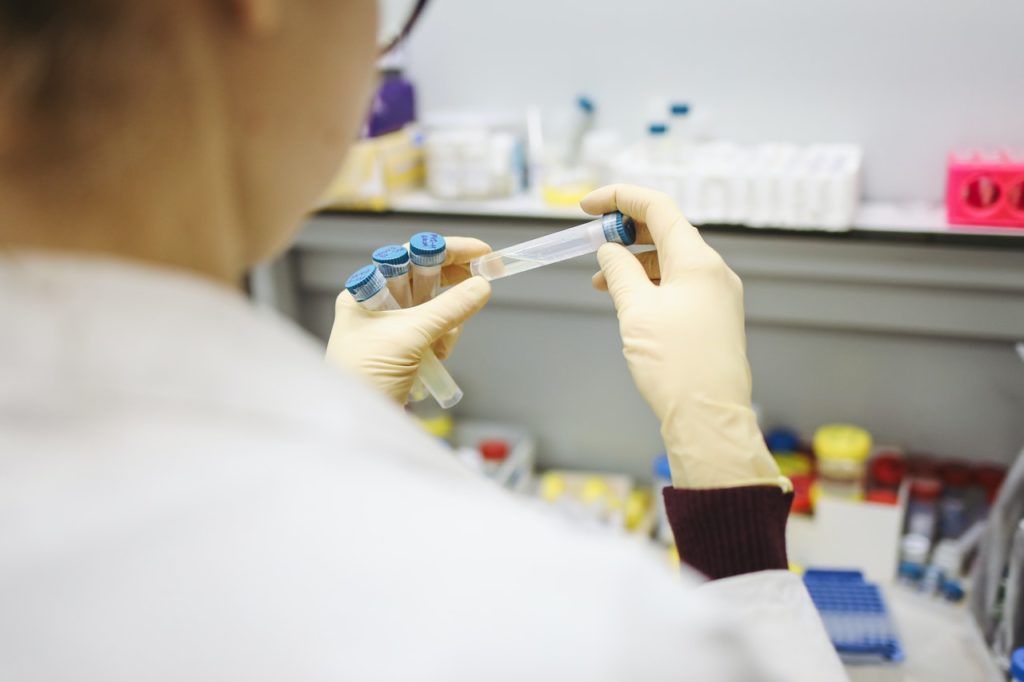COVID-19 testing is an important part of bringing students safely back to campuses this fall, but approaches of US colleges and universities vary widely.
Some schools require test results before a student arrives, some screen students upon arrival, and others rely on symptom screening and surveillance testing only.
Testing college students every three days using less accurate tests would be the best strategy, research by David Paltiel suggests, a professor of health policy at the Yale School of Public Health.
Paltiel’s research shows that the frequency of testing is most important when it comes to reopening campuses. In an interview with Health Day, he notes that the consequences of reopening campuses without safety measures can be severe, not only for students but also for vulnerable populations among school workers.
In line with what Paltiel suggests, the University of Illinois at Urbana-Champaign has an aggressive testing policy. Large white tents for ‘Walk-Up COVID-19 Testing’ have opened across the campus offering students simple saliva tests to detect the virus.
The free tests will be offered to 60,000 students expected to return, and nearly 11,000 faculty and staff members.
Researchers who are advising universities say that models are imperfect, but they remain one of the few scientific tools available to guide reopening decisions. “There is going to be no clinical trial; we have to model this” @ADPaltiel @gregggonsalves https://t.co/tj1uu6pRxL
— Rochelle Walensky, MD, MPH (@RWalensky) August 17, 2020
However, the decision of how to test and when to test is based on the specific circumstances colleges face. The University of Missouri, for example, has an increasing number of cases but is holding in-person instruction. Harvard University, on the other hand, has opted to go all online despite low rates of virus cases.
The diversity of approaches in testing stems from the schools, their ranking, and local politics, according to Chris Marsicano, Davidson education assistant professor and creator of the College Crisis Initiative, an initiative aimed at understanding how colleges and universities innovate in a crisis mindset.
“Some states have very strong and stringent mask requirements. Some have stronger stay-at-home orders. Others are sort of leaving it up to localities,” Marsicano told the Scientific American.
Another factor that plays a role is location. “It’s a lot easier to control an outbreak if you are a fairly isolated college campus than if you are in the middle of a city,” Marsicano said.
The response of colleges to the pandemic has no common approach, according to the College Crisis Initiative. Of the nearly 3,000 institutions it follows, 151 plan to open fully online, while over 400 institutions are taking a hybrid approach. Only 75 schools chose fully in-person instruction

